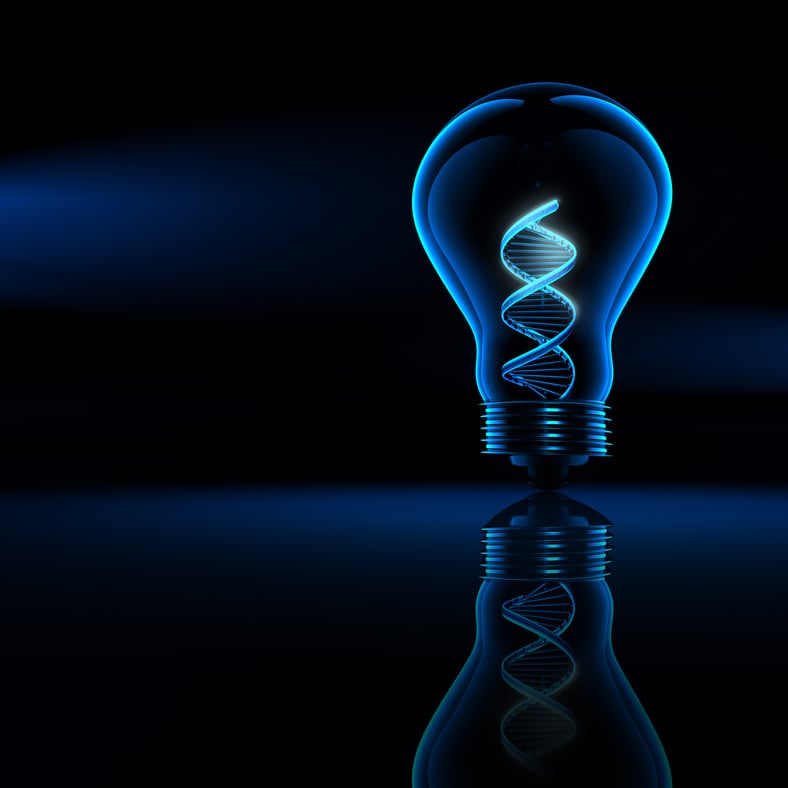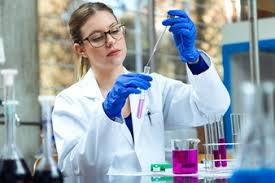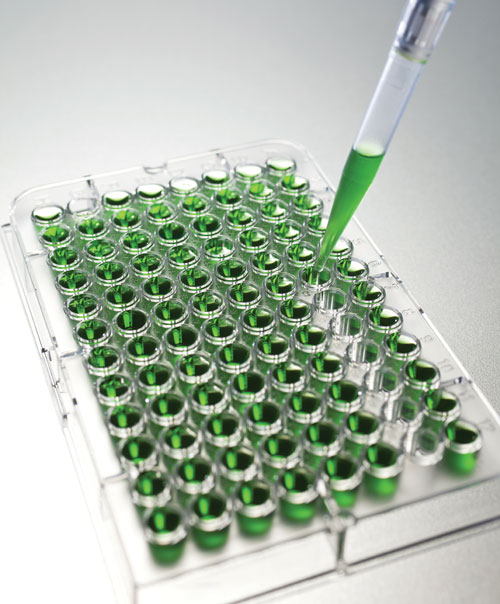Aside from its significant role in the natural world, fluorescence is also hard at work in biotechnology and the life sciences. In fact, fluorescent dyes are being widely used in numerous applications such as flow cytometry, immunofluorescence, Western blotting, and DNA electrophoresis. Just how important are these dyes and how do you choose one that best suits your application? Here are some things you need to know to help you make the right decision.
A Quick Guide to Choosing Fluorescent Dyes for Protein Labeling
Topics: Protein Labeling
Biotech Education: Good for Students, Teachers & All
What is biotechnology, who uses biotechnology, and what does biotech give us?
Quite simply, biotechnology is the application of biology, chemistry, and engineering research and manufacturing techniques to produce products and services to improve the quality of human life.
Topics: Teaching Biotechnology
5. Fastest Growing Industries: The Bureau of Labor Statistics (2017) is projecting a faster than average 11% growth in the biotechnology job market through 2026. The “in-demand” biotechnology jobs are Biomedical Engineers (7% growth), Biochemists (11% growth), Medical Scientist (13% growth), Biological/Clinical Technician (13% growth), Microbiologist (8% growth), Process Development Scientist, and Biomanufacturing Specialists.
Topics: Teaching Biotechnology
When it comes to detecting and quantifying the concentration of an antigen in an unknown sample, most researchers depend on ELISA (Enzyme-Linked Immunosorbent Assay). This is completely understandable since this plate-based assay technique has a completely robust nature, exhibits exceptional sensitivity and is quick and easy to perform.
Topics: Assay Development (ELISA)







